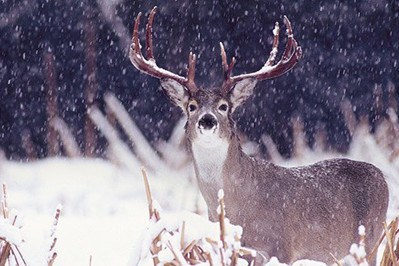
https://www.heartlandlodge.com/hunting/whitetail-deer-hunting/
Everyone knows that we inherit specific traits from our parents, but do we inherit everything? A study done by Texas Division of Parks and Wildlife, researched to study whether white tailed deer inherited antler size and characteristics are inherited traits with no confounding factors. Over 20 years measurements we taken form more than 1600 total deer, and 1100 sets of antlers form 380 different deer. The looked at antler mass, points, base circumference and body mass. The results all point to yes, antlers are characterized not much to popular belief, but other aspects also influence size.
The most interesting fact of this study was the connection between antler size of the first year and potential. The looked at deer with spiked antlers as a yearling vs. the antlers that are split. The results were very surprising to me. I assumed that if a deer was a yearling spike, he would remain a smaller sized buck for the remained of his life. This isn't the case. There is little to no connection between yearling size and potential size. Nutrients and body size have the greatest influence on antler development. Good nutrition will allow the antlers to grow to the genetic potential, but genetics alone can not supplement for a poor diet. Management can grow high class deer, but like anything we are limited by their own genetics.
No comments:
Post a Comment